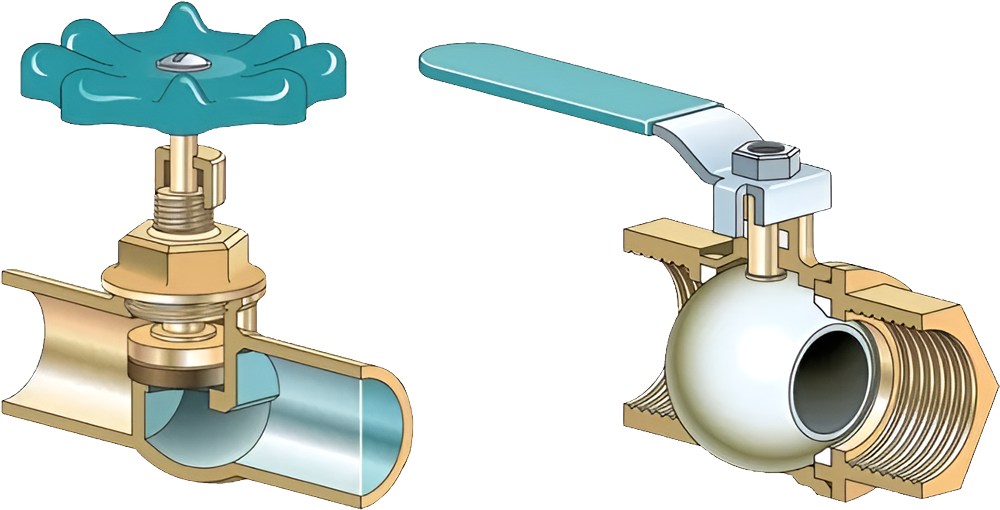Valves are key parts in systems that manage the flow of fluids. They’re used in many industries, and keeping them in good shape is crucial for smooth and cost-effective operations. This guide offers simple tips to help you make your valves last longer.
REGULAR CHECK-UPS AND CARE :
- Look Them Over: Check your valves often for signs like rust, leaks, or wear and tear. Fix issues quickly to stop them from getting worse.
- Keep Them Lubed: Use the right kind of grease or oil on valve parts to cut down on wear. Follow the maker’s guidelines on when and what to use.
- New Seals: Valves have seals that can wear out. Replace them when they show signs of wear to keep a tight seal.
SMART USE :
- Don’t Push Limits: Keep valves within their stated pressure and heat limits to stop early wear.
- Easy Does It: Quick opening and closing can cause stress and damage. Be gentle to avoid extra wear.
- Cut the Shake: Too much shaking can cause valves to break early. Make sure they’re held firmly in place.
MATCH FLUIDS AND VALVE MATERIALS :
- Right Material: Pick valves made from materials that won’t corrode or break down when in contact with the fluids you’re using.
- Clean Fluids: Make sure fluids flowing through the valves are clean and don’t have stuff in them that could hurt the valve.
PROTECT FROM TOUGH CONDITIONS :
- Fight Rust: Use special coatings that fight rust for valves used in places that cause rust.
- Weather-Proof: For outdoor valves, make sure they’re shielded from harsh weather.
TEST AND ADJUST REGULARLY :
- Function Checks: Test your valves from time to time to make sure they’re working right. Fix any issues as soon as possible.
- Fine-Tune: Keep control valves well-tuned for accurate control of fluid flow.
PLAN AHEAD FOR REPLACEMENT :
- Be Proactive: Use monitoring tools to predict when valves might fail. Change them out before they cause problems.
TRAIN YOUR TEAM AND KEEP RECORDS :
- Teach Staff: Make sure your team knows how to handle valves correctly and how to spot problems.
- Keep Notes: Log all valve work to help plan for future care and problem-solving.
GET EXPERT ADVICE :
- Talk to Makers: For the best care tips, consult the people who made the valve.
CONCLUSION :
Taking good care of your valves can mean less downtime, fewer costs, and fewer surprises. A mix of regular care, smart use, and good record-keeping can go a long way in making your valves last longer.
